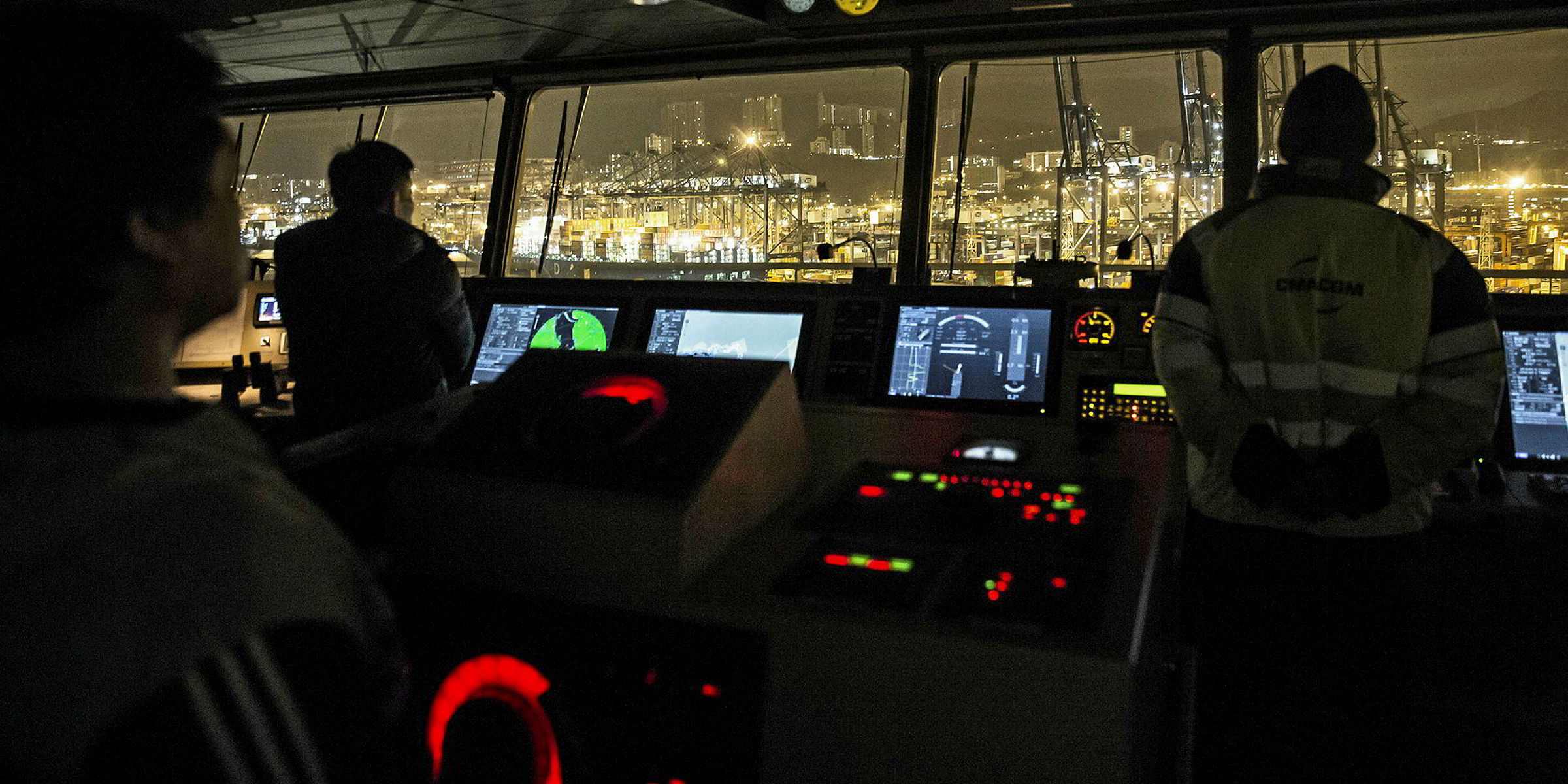The digital mandate that will convert most of the world’s fleets to electronic navigation by July 2018 is shaking up the nautical charts market and putting pressure on smaller suppliers that have been dependent on physical paper sales.
Falling paper chart sales have led to greater price competition, particularly in Asia, and many suppliers have been cutting back physical distribution networks to reduce costs and reflect smaller revenue bases.
A necessity to restructure has become pressing as digital chart sales surpass paper volumes with price competition heating up at the lower end of the market, where there are still some 140 local suppliers, while the bigger companies are setting up regional hubs.
Pressure to find new markets is also leading at least one chart distributor to try to partner electronic chart display and information systems (Ecdis) manufacturers in a way that would distinguish it from rivals and refocus on simpler navigational tools.
ChartCo, which claims to be the main provider of navigational data, nautical charts, marine technical publications and related digital services, says more than half of its orders are now automated.
“Only a small proportion of our business is paper charts — by far the dominant part of the business is digital sales and digital software services,” ChartCo chief executive Martin Taylor tells TradeWinds. The company has acquired technology firms Marine Position, Regs4ships and Docmap in the past three years.
“Suppliers that have heavily relied historically upon physical distribution of paper charts and books are coming under pressure as their volumes drop. These businesses haven’t been agile enough to reposition their strategies and adjust to changing customer demands,” Taylor adds about the shift to digital.
Restructuring
Rival Global Navigation Systems (GNS) has been restructuring its network over the past two to three years, and chief executive Paul Stanley says it has bolstered its hub in Athens as it has reduced its presence elsewhere in Europe.
“This year for the first time we are majority digital — in excess of 60% — and we expect that percentage to increase. It would not be an outrageous assumption to say paper charts will go down to 20% of revenues in due course,” Stanley tells TradeWinds.
Norway-based Nautisk is reducing its operations by pulling out of the US and closing its hubs in New Orleans and Singapore, as it cuts back in Asia where paper sales to smaller operators have become severely price sensitive.
Stanley agrees about Asia. He says: “If you are just selling ad hoc in Singapore it is all about price, but if you are selling a service then other criteria are important and it becomes a more sophisticated sale.”
Both ChartCo and GNS still have major operations in the Lion City while Nautisk retains an office in Hong Kong.
Digital revenues for Nautisk, whose parent company NHST also owns TradeWinds, have moved above 30%, but managing director Thomas Fjeld says the firm aims to win more digital customers in Europe and bigger operators in Asia.
Nautisk holds about 4% to 5% of the total market but is looking to grow to about 10% by 2020 as it goes fully digital. It has launched a suite of new navigational software products in the past year, but aims to bolster its digital strategy by partnering with Ecdis manufacturers.
“We need help to get the market shares we are talking about: we are too small to cover the world. We are looking at partnering with bigger players and are having discussions with original equipment manufacturers on this,” Fjeld says. Nautisk is in talks with four Ecdis makers, he adds.
Fjeld says that Nautisk has focused on creating more simplified software that removes clutter from electronic navigational screens. It goes back to the basics of what navigators need to sail safely with less training. Feedback has been positive, he says.
In comparison, ChartCo and GNS stress an agnostic approach to hardware to cater for large shipmanagers running diverse fleets. ChartCo was originally part of the Kelvin Hughes group, but Taylor says big fleet operators need to be able to run chart software on a variety of Ecdis machines.
“Our customers want a common solution across all their Ecdis platforms, covering all their ships, so tying up with one Ecdis supplier does not make sense,” Taylor says.
Stanley says GNS software will display a chart in the same way across different Ecdis machines.
But Fjeld says too much sophistication can be a factor in causing danger. “Trying to have everything on one platform is too complicated. We want to bring the charts back to the navigator,” he says.
Nautisk’s strategy of developing back-to-basics systems includes simpler route-planning tools that feed in weather forecasts only two days ahead. That provides greater accuracy and reflects the way most ships still sail the same routes as ever and will not veer way off course to avoid longer-term forecasts of bad conditions.
Like many parts of the shipping industry, technical change is bringing consolidation and new modes of operation to the charts business. Stanley suggests it is moving to a three-tier model with a small number of global and regional providers and just a handful of strong traditional local agents.



